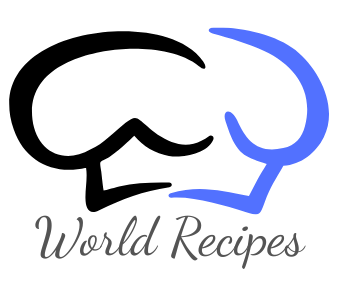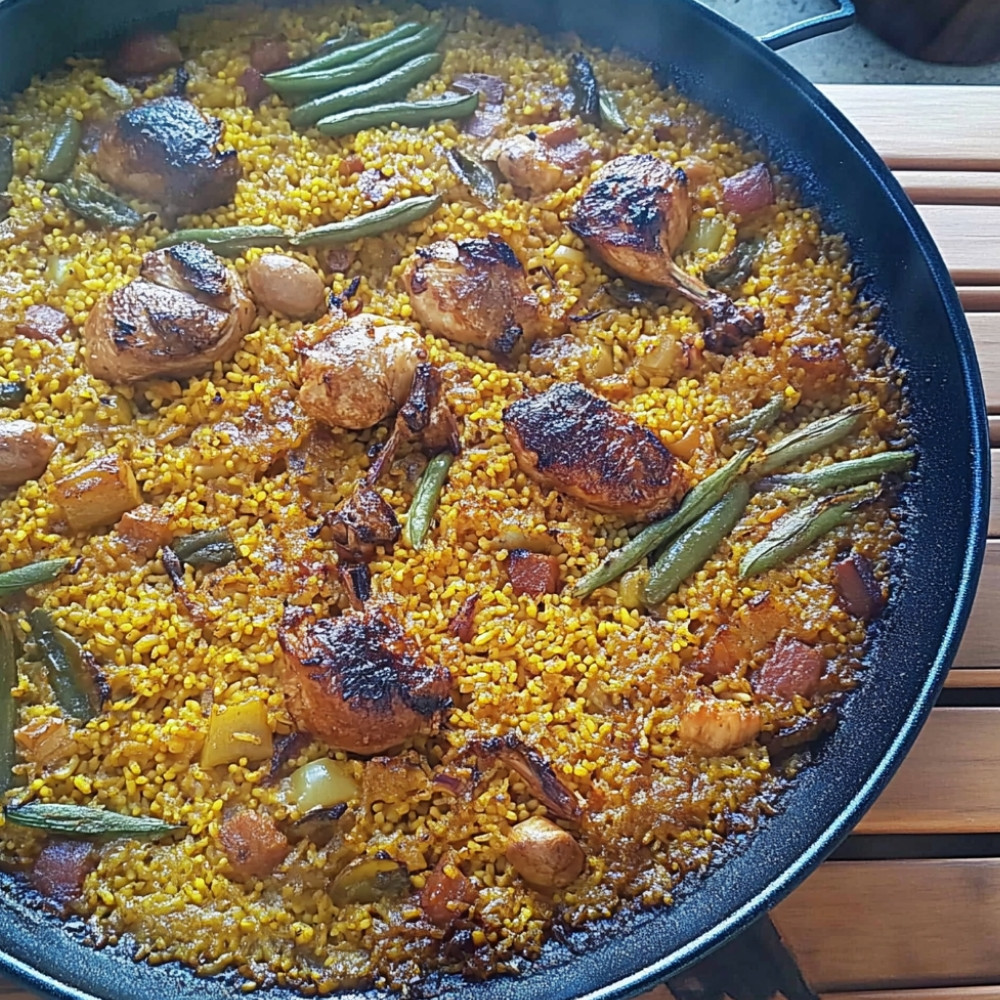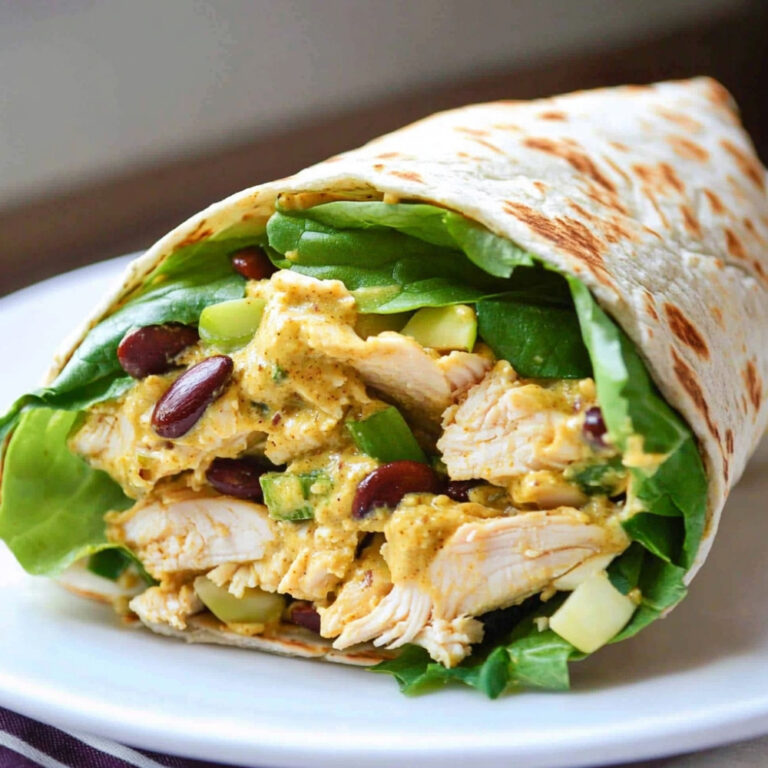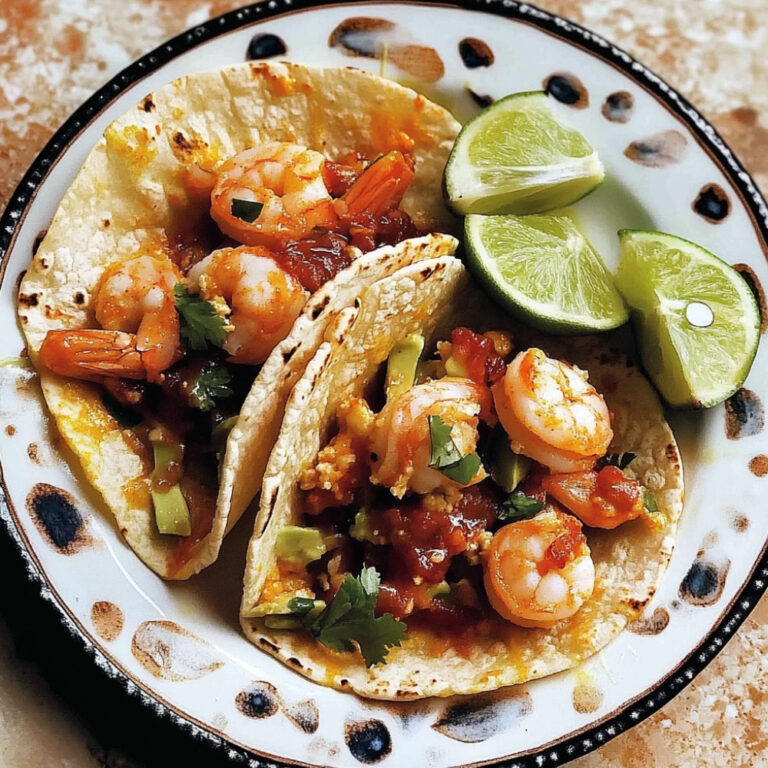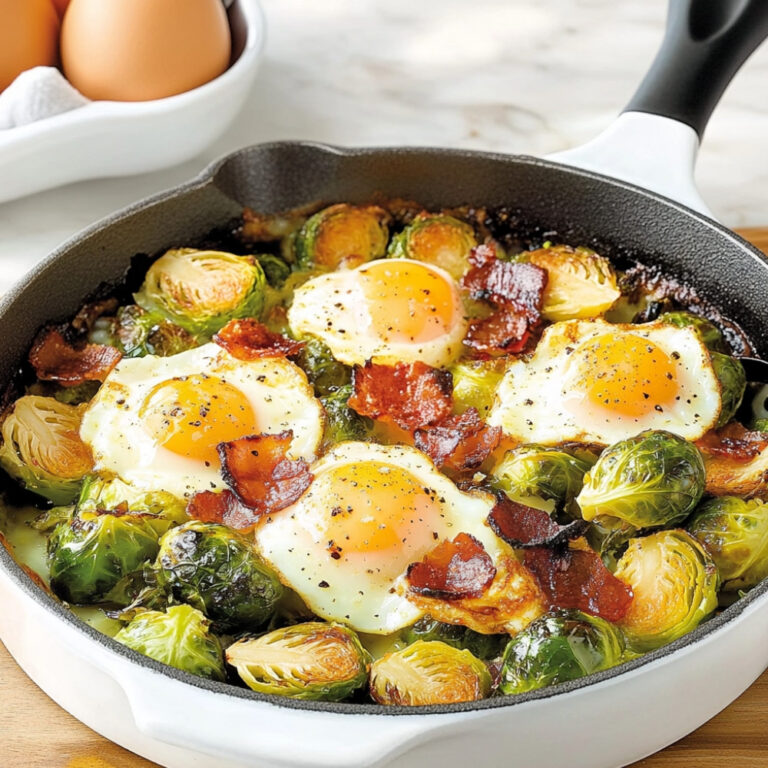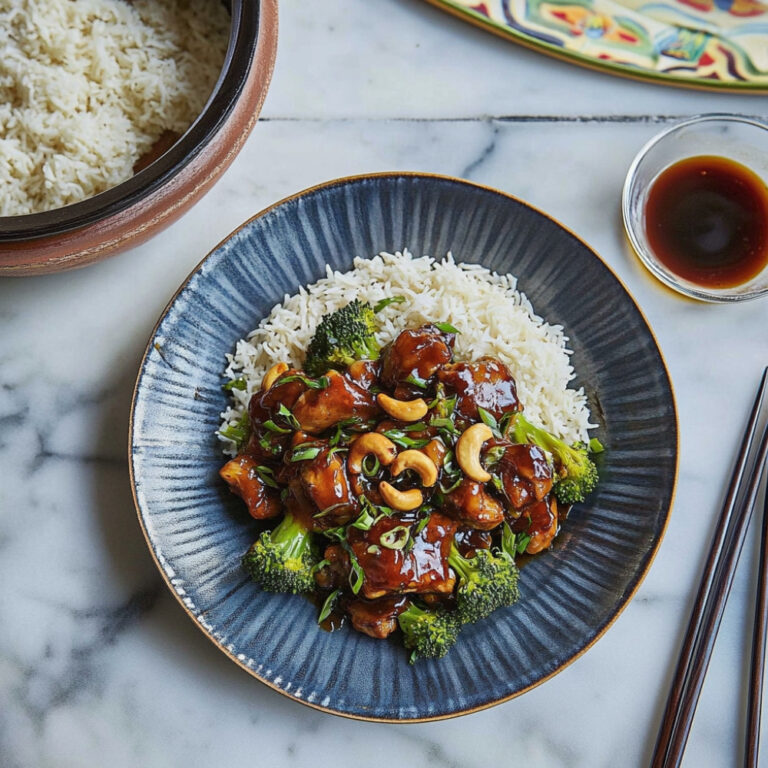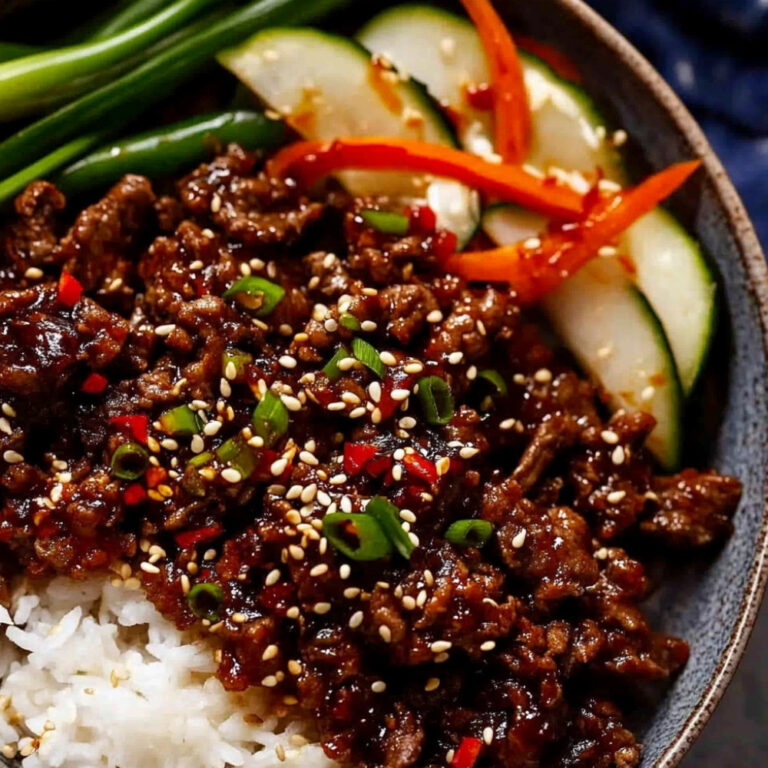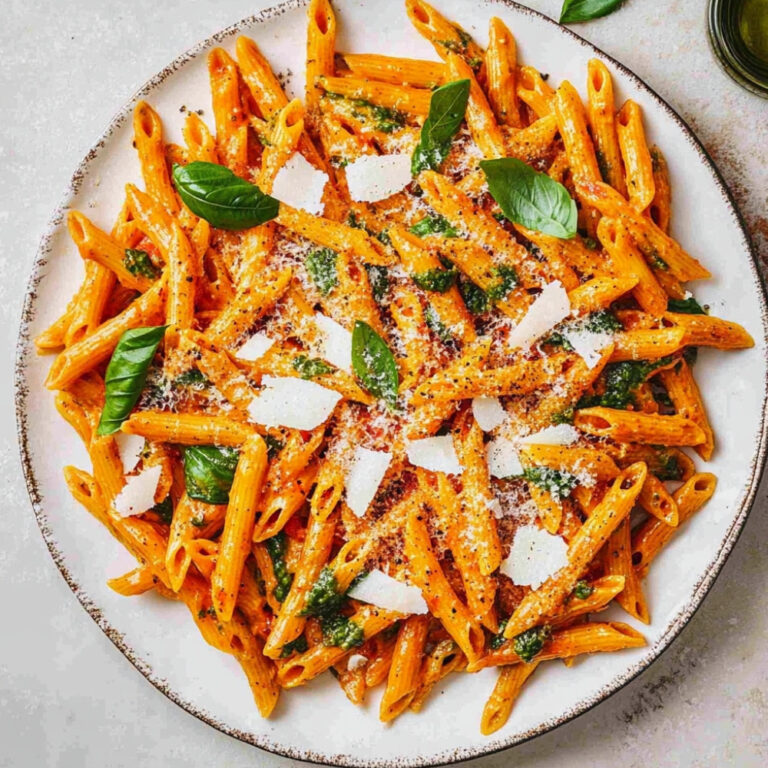Valencian Paella
The first time I tasted traditional paella Valenciana, I was sitting on a sun-warmed patio just outside of Valencia, the kind of soft golden light casting over the table that makes food look even more like magic. The rice had that sunset-saffron hue, the edges crisped just enough, and the aroma—oh, the aroma—was something like woodsmoke and wild rosemary and sweet tomatoes all tangled together. I’ve tried to capture that ever since. And while no home version ever quite matches the fire-kissed original, this one comes achingly close, especially on a Sunday when you have nowhere to be and time to stir gently, quietly, until the broth sinks into the grains.
Why You’ll Crave It
- It captures the soul of Valencia in one dish—earthy, warm, and deeply comforting
- The saffron and rosemary create a perfume that fills your kitchen like a lullaby
- All in one pan, which feels rustic and generous, perfect for sharing
- Crispy bits at the bottom (called socarrat) that make you fight politely for the last spoonful
The first time I made this at home, I was so nervous about the socarrat I almost didn’t let the rice sit—but I’m glad I did… it was the best part.
What You’ll Need
- 400g Bomba rice: traditional short grain rice that holds its shape but grabs flavor like a sponge
- 800ml chicken broth: rich and warm, preferably homemade or a very good store-bought one
- 300g chicken: bone-in pieces if possible, for deeper flavor – thighs are my favourite
- 300g rabbit: or just double the chicken if you’re not into rabbit, but it’s worth trying at least once
- 100g green beans: flat Valencian ones if you can find them, snapped into short lengths
- 1 red bell pepper: sliced into soft ribbons
- 2 tomatoes: ripe, grated on a box grater so all that pulp becomes a fresh sofrito base
- 4 cloves garlic: minced finely, not pressed – you want the sharpness but also the sweetness when cooked
- 0.5g saffron threads: small pinch, soaked briefly in warm water to bloom
- 1 tsp smoked paprika: Spanish pimentón if possible – it makes the dish deeper
- 50ml good olive oil: golden and peppery, extra virgin gives richness right from step one
- Salt to taste: a generous sprinkle from above feels a bit theatrical but works every time
- Fresh rosemary: just a small sprig or two, not too much, for that wild herb note at the very end
Easy How-To
Start with warmth
Heat the olive oil in a wide paella pan over medium heat. It should shimmer but not smoke. Add your chicken and rabbit in a single layer—hear that soft sizzle? Let it brown well on all sides. Don’t rush this. Browning takes at least 10 minutes and gives you layers of depth that carry through the whole dish.
Build the heart of it
Once the meat is golden, stir in the garlic, red pepper slices, and green beans. Let them soften a bit, about 4 to 5 minutes, then add in your grated tomatoes. It’ll smell fragrant and a little sweet. Cook this mixture down until the tomato loses most of its moisture—kind of like it’s melting into the pan.
Add the flavor soul
Sprinkle in the paprika, and swirl in the saffron (with its soaking water), letting everything toast for just 30 seconds or so. That brief time wakes up the spices—don’t skip or overdo it.
Fold in the grains
Add the rice and stir to coat it in the tomato-oil mixture. Let it toast gently for 2 minutes. This helps the rice absorb flavor and gives it a slightly nutty edge. Everything will look a bit glossy now.
Bath it in broth
Pour in your warmed chicken broth slowly, watching how the rice spreads evenly. Give one final stir to position ingredients nicely, then don’t stir again. This part really counts for texture. Turn the heat to high until it begins to boil, then reduce to medium-low.
Patience & perfume
Cook for 10 minutes, uncovered, allowing the rice to start drinking in the liquid. Add salt now, start slow, taste as you go. Then lower the heat a bit more and let it go untouched—watch, but don’t poke—for another 10-15 minutes. You’re aiming for the liquid to almost vanish. Just barely bubbling at the bottom.
Let it rest
Once you’re there—rice tender, surface glossy, broth absorbed—take it off the heat. Cover loosely with foil or a cloth. Let it rest. 5, maybe 10 minutes. This part brings everything together, quiet and still.
Finish with herbs & serve
Tuck a little rosemary on top. Not too much. Just enough to make people lean in when they smell it. Bring it to the table in the very pan. Don’t serve, just let everyone scoop their own. That’s part of the charm.
Good to Know
- The crusty bit at the bottom (socarrat) is considered a treasure in Spain—don’t be afraid to turn up the heat briefly at the end to get it
- If you can, enjoy it outdoors—it tastes different with breeze and birdsong
- Leftovers the next day (warmed slowly in a pan) might be even better. Don’t tell anyone though
Serving Ideas
- Serve with lemon wedges and maybe a shaved fennel salad on the side to contrast the warmth of the paella
- A chilled glass of white wine—Albariño or Verdejo works beautifully—and crusty bread to soak up every bit
Top Tricks
- Resist the urge to stir after the broth goes in. That’s the number one secret to getting the socarrat
- Use the biggest, flattest pan you have—the rice should be in one thin layer, not piled up
Frequently Asked Questions
What’s the best rice for traditional paella Valenciana?
A short-grain rice like Bomba or Calasparra—they absorb liquid well but still stay firm. Long grain or basmati just won’t give the right texture.
Can I omit the rabbit?
Yes, of course. It’s authentic, but not required. Just use more chicken and maybe add a tiny bit of smoked sausage for depth if you’d like (though not traditional).
Why shouldn’t I stir the rice once the broth is in?
Stirring releases starch and makes the dish creamy—more like risotto. Paella is meant to be drier and to have a contrast in textures, especially the crispy base layer.
